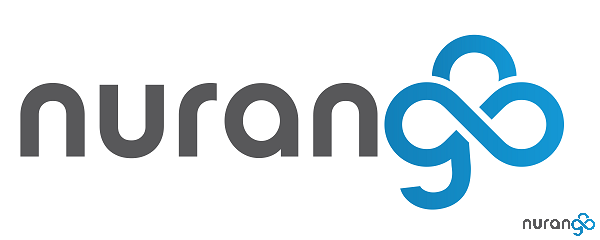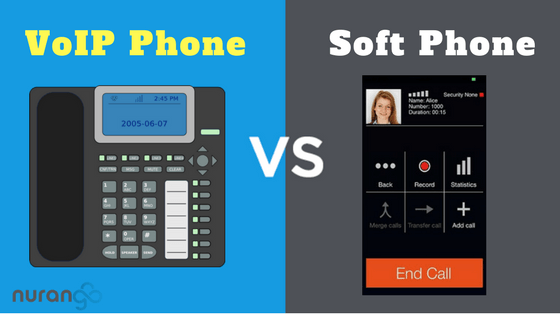
Bold statement, I know but hear me out. For years now I have been using IP handsets and continue to test some Beta models when they come my way, but I find myself un-inspired and saying “what’s the point?”. This post will likely be the end of all of my Beta shipments but these are purely my own observations and means of feedback.
Which brings me to my next point – How do Beta tests work and how is feedback gathered?
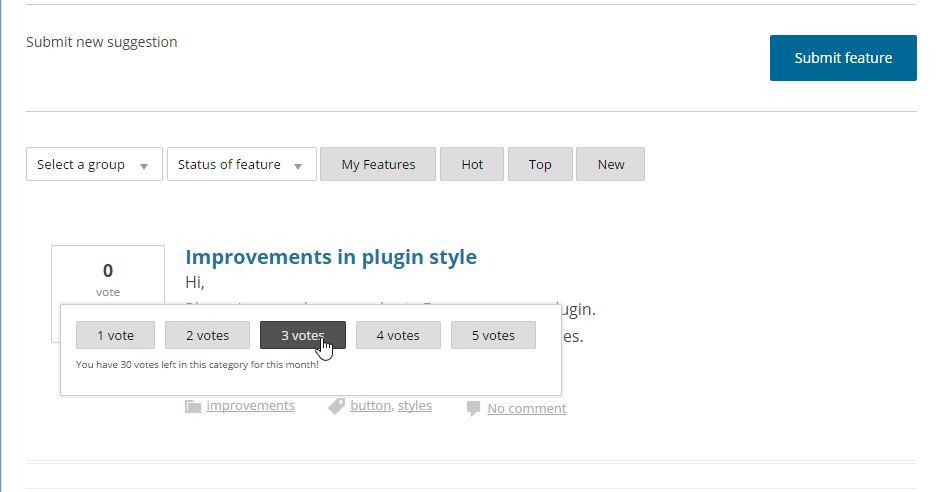
Generally there is a list of applicants on the Beta list that apply via application when a company releases a new handset, device, etc. The applications are reviewed and X number of slots are filled. Not surprisingly, users will need to have a certain level of experience and criterion to be considered but the way the applicants are narrowed down Is the same old. The big resellers of the vendor and among them are requirements to submit bugs and feedback. To be clear, the feedback does include feature requests but mainly constitutes of bug finds to improve the already designed product.
While bug reporting is obvious in its effectiveness the features tend to be based upon current user feedback but within the context of the regular model, no innovative surprises. Although it’s up to the companies to push innovation, if there was a big enough rise up then customers could demand more, and get more.
The point of explaining the process is merely to deduce the potential reason for the current state of IP Phones. Admittedly though, some improvements have been made over the last few years such as security and auto updating. Now – on to my list!
1) Outdated Programming
In recent years, the web based interfaces have gotten much much better how ever there is no new way to customize really. Previously when Aastra was around I remember XML applications being pretty popular and still remain the primary programming interface today. If you’re unfamiliar with IP phone programming, they generally had an XML interface that you can write apps with. You can program things like weather display, games, play radio and so on.

In my opinion phones should have moved to an android like interfaces by now. Afterall, it’s open source and highly flexible which I’ll touch on below, but that would move what is now proprietary software to the public domain. While Grandstream has come out with a conference phone using android, you can otherwise find some great generic models in places like Alibaba which in some cases, seem to be light years ahead of the big brands.
2) Provisioning Sucks
“Option 66”, “FTP Server” “TFTP” – “cringe”, ever heard of those? In your provisioning nightmares no doubt.
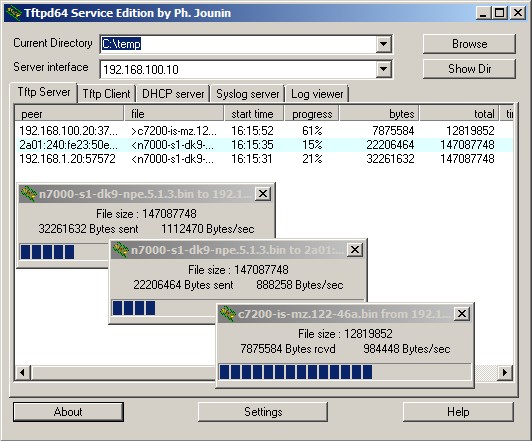
Although there are solutions put together by larger Telco providers, either with provisioning servers or pre-configured handsets, these are expensive and hard to manage. Likewise, they are impossible for a reseller or smaller company to integrate and setup and this is surprisingly a tool that has been largely ignored even as SaaS. Even if and when you do manage to setup your TFTP server you still have to get into every phone via web browser and point them to the provisioning server.
As a notable exception, there are a couple of companies that are taking the lead on provisioning –
Yealink. They came up with a great way to configure handsets without having to point the handset to the server. When you purchase one of their handsets the Reseller can set you up with their provisioning tool called RPS (Redirection & Provisioning Service) which allows you to configure the phone remotely by assigning a configuration to each MAC address. The handset is programmed to point to the provisioning server upon the very first boot. Pretty cool! They also have some other tools for certificate setup and customizing which I haven’t seen others do.

Counterpath. With their latest release of Counterpath you can provision and mange Softphones and Users from the cloud.
This was a brilliant and natural step forward to make setup and deployment easier for admins and system integrators to manage and troubleshoot as well. I wonder why it took so long! Previously Softphones had to be setup up individually and contact integration was an absolute no go, now they are syncing users with Presence management as well. I will be writing about this software more very soon.
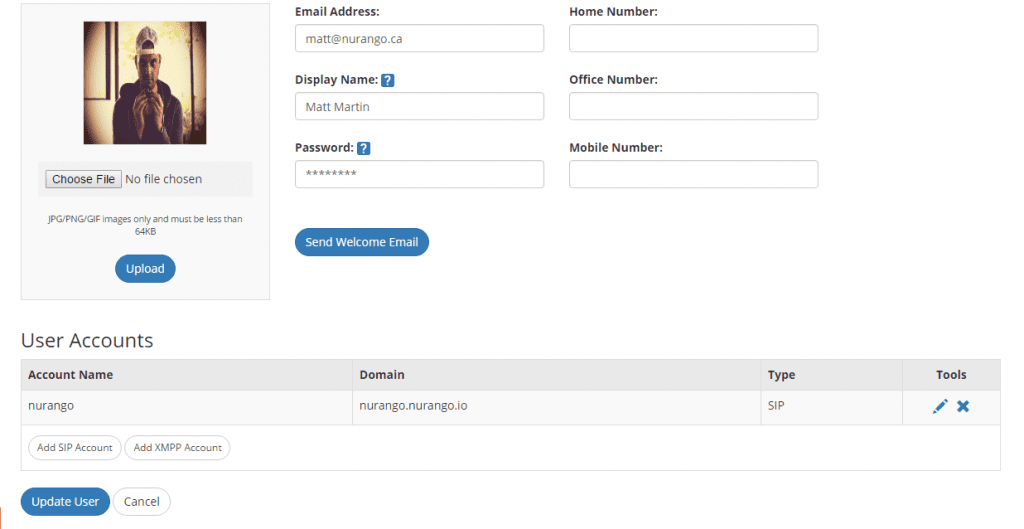
3) No Portability
For many this is not an issue. Where traditional IP handsets are deployed, it is likely that these users end their work day and want nothing to do with phone calls after 5. As for a whole other segment and generation of the market, they are out there being mobile, being a hybrid or are part of the wave of remote workers. More and more companies are recruiting the best talent from all over the world and the traditional handset has a decreasing audience.

While there is plenty of market share to be had with those who will continue to use the IP handset, there is a real lack of foresight for vendors to expand their line to include mobile solutions that are natively integrated with their core products. Here’s a basic example. Where as you could always hit a start code to forward your handsets calls to a mobile, why not hit a button to transfer all calls to your mobile app, or even detect your location for auto-forwarding? Some big handset manufacturers currently offer a hardware/software solution and have missed the boat on creating a synergy between them.
4) Lack of Integrations
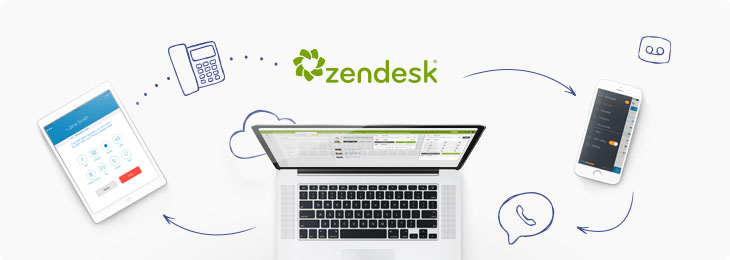
This one is the biggest one for me. Part of the reason I was eluding to the android based interfaces above is for this very reason. Wouldn’t it be cool to tap on google maps to see the location of a caller, or pop your contact via CRM from the handset or integrate your schedule? There are endless possibilities and this is starting to happen already in the WebRTC space since web deployments can easily be integrated with third parties and seamlessly updated. In my opinion that will eventually take over and Softphone and IP Phone manufacturers will need to adopt and adjust as users demand more out of their phone systems.
Just some food for thought, no content marketing here. Just a rant from a frustrated long time user shackled by IP Handsets. We’ve transitioned long ago to solutions that make our workflows easier and look forward to what innovations lye ahead in this space.
FYI –
We don’t care which handset or device you use, we’re a BYOD Phone System Provider.
